I want to choose only the top five options in a scatterplot. Here's the code:
library(dslabs)
data(polls_us_election_2016)
polls <- polls_us_election_2016 %>%
filter(state == "U.S." & enddate >= "2016-10-31" &
(grade %in% c("A+","A","A-","B+") | is.na(grade)))
polls <- polls %>%
mutate(spread = rawpoll_clinton/100 - rawpoll_trump/100)
d_hat <- polls %>%
summarize(d_hat = sum(spread * samplesize) / sum(samplesize)) %>%
pull(d_hat)
p_hat <- (d_hat+1)/2
moe <- 1.96 * 2 * sqrt(p_hat * (1 - p_hat) / sum(polls$samplesize))
polls %>% ggplot(aes(spread, pollster)) +
geom_point(color="black", binwidth = .01)
The following is the desired graph:



